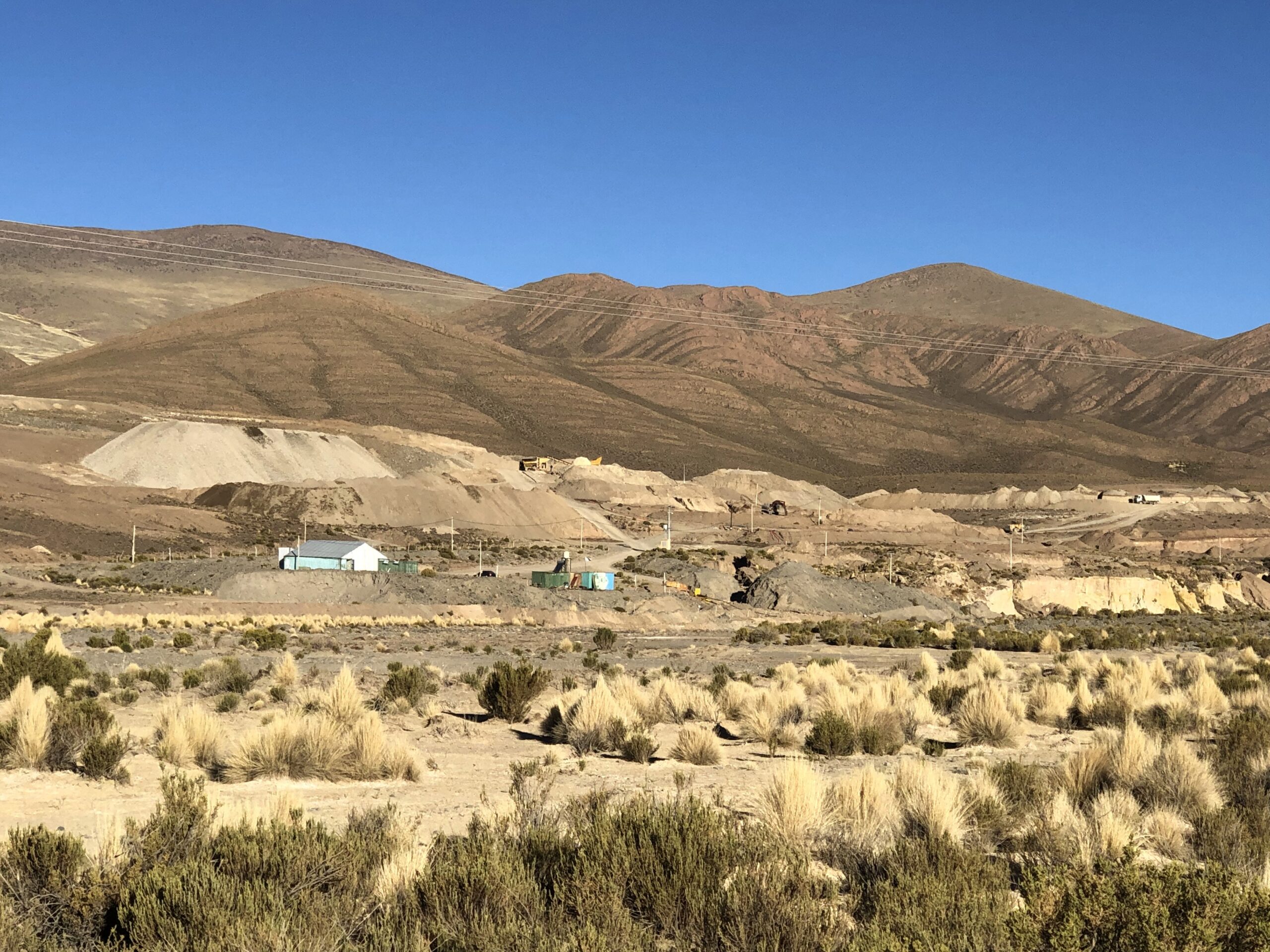“ECOLOGICAL GOLD”- “GREEN GOLD”
- The so-called “Ecological Gold” is extracted and concentrated exclusively by means of physical methods, without the use of chemical products which are harmful to the environment, such as mercury.
- The physical concentration processes of gold, especially that present in alluvium and alluvial plains, were developed several decades ago though they were only of a very small-scale and conventional scope. Nowadays the technological advances make it possible to apply the same processes to small and medium scale projects, such as the Ajedrez Project in the Province of Jujuy, Argentina.
- The aforementioned physical processes include everything from the mechanical grinding to the application of gravimetrical and centrifugal methods, so that the concentration of gold is as natural and less aggressive to the environment as possible. Almost all the water used during these processes is recycled.
- This is how the technology applied to the Ajedrez Project differs completely from the “traditional” gold mining and concentration methods (that involve the use of mercury) carried out by private companies and local people who have ignored or not taken into consideration the damages that were actually caused by the disposal of mercury in the rivers and nearby areas.
- Ecological mining projects have a philosophy of not using polluting or toxic processes that could endanger the local and regional ecosystem and, of course, the health of those living in the area.
- Consequently, this kind of companies have an « eco-friendly » approach that turns into a mass phenomenon that makes the people become involved and feel identified.
- For all these reasons, the worldwide known as “Green Gold” is committed to defending ecological gold by encouraging its clean mining – i.e. without the use of mercury or any other aggressive chemical harmful to the environment – with the support of the local communities and economic sustainability.
- To sum up, the following guidelines establish a clear way of recognizing gold mining projects that can be considered “Green Gold”:
1. The mining activities must have the approval of the Native Communities and the Municipal Councils who are involved.
2. National, regional and local law must be abided.
3. The declaration of origin of the produced gold must be made on behalf of the corresponding county authorities.
4. It is necessary to verify that no chemical and polluting substances are used in the mining process, such as mercury, cyanide and other toxic pollutants.
5. There has to be no major ecological destruction generating changes in the ecosystem that may hinder the area recovery in the medium term.
6. It is necessary to verify that no children have been employed, in order to prevent child exploitation.
7. The mined areas must have ecological stability in the next three years.
8. If an existing organic layer of the soil has been removed, it has to be then later restored along with the development of the mining project exploitation.
9. The amount of sterile gravel pits produced by the mining exploitation cannot exceed the capacity of recovery of the local ecosystem.
10. The sediment load that the ravines, rivers and lakes carry must be controlled so as not to damage the native aquatic ecosystem.








